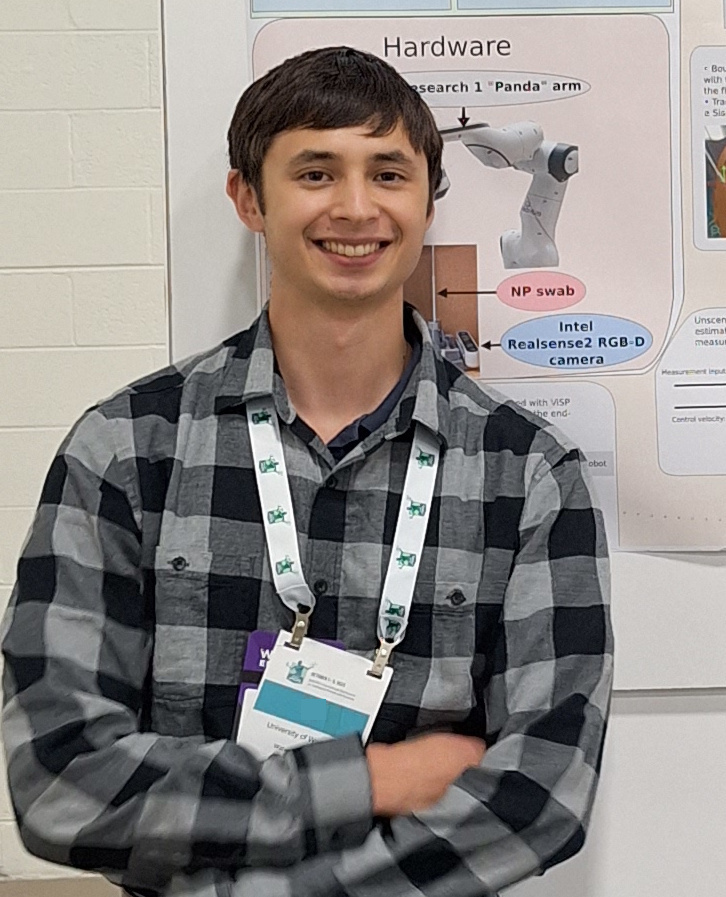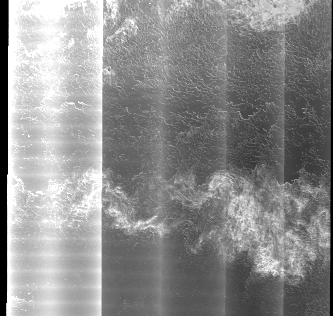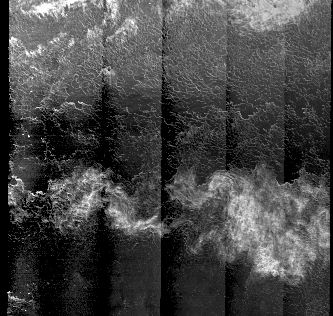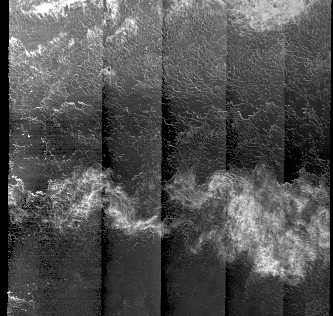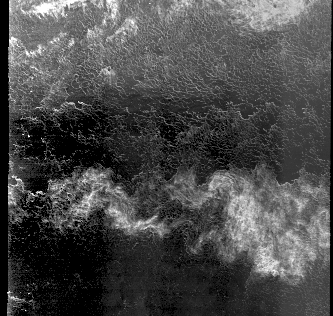The healthcare system could benefit greatly by adopting robots to perform general types of contact-rich tasks with patients. They provide a way to reduce direct contact between healthcare workers and their patients. With the pressures of an aging population, robots provide a way to make the healthcare system more efficient. Robots also provide a way to standardize care, as through programming they could be more consistent than human workers who can undergo variable qualities in training.
My PhD research created a system to allow robotic manipulator to collect nasopharyngeal (NP) swab samples. The task is particularly interesting within the context of robotics due to the fact that swab is unobservable once it enters the nasal cavity, thus requiring fine sensed control. Our research made use of a diverse range of techniques, including simulation and optimization, computer vision, and control theory to ultimately enable this task. Below you can see an example of our final control system, which is evaluated using a nasal cavity model held on a second robotic arm to emulate natural head motions.
- Lee P. Q., Zelek J., Mombaur K. "Complete Autonomous Swab System with Evaluation on a Stochastically Moving Phantom Platform". Under review in IEEE Transactions on Robotics. Submitted Aug. 2024 arXiv
- Lee P. Q., Zelek J., Mombaur K. "Robotic Eye-in-hand Visual Servo Axially Aligning Nasopharyngeal Swabs with the Nasal Cavity". Under review in IEEE Transactions on Medical Robotics and Bionics. Submitted Aug. 2024 arXiv
- Lee P. Q., Zelek J., Mombaur K. "Collaborative robot arm inserting Nasopharyngeal swabs with Admittance Control". Under review in Scientific Reports. Submitted Nov. 2023 arXiv
- Lee P. Q., Zelek J., Mombaur K. "Simulating and Optimizing Nasopharyngeal Swab Insertion Paths for use in Robotics". 9th IEEE RAS/EMBS International Conference for Biomedical Robotics and Biomechatronics (BioRob). Aug. 2022 IEEE UWSpace


